The coffee market in China has experienced a meteoric rise in recent years, projected to reach a value of RMB 1 trillion (USD 140.4 billion) by 2025. Luckin Coffee, with a relentless expansion plan, aimed to surpass 15,000 stores by the end of 2023, keeping pace with Starbucks, its fiercest international rival, which was ostensibly opening a new store in China every nine hours. Cotti Coffee, a rising force, achieved over 6,000 stores within a year and is aiming to establish 20,000 stores in three years.
Adding to these major brands are numerous local ones, such as Lucky Cup (part of Mixue Bingcheng), Jenny X Coffee (under Auntea Jenny), Nowwa Coffee, Manner Coffee, and M Stand. While the scale of these brands is currently dwarfed by their major counterparts, they have also been growing at a relatively quick rate. For instance, Manner recently opened its 1,000th store, having previously concentrated primarily on boutique coffee in Shanghai.
Analysts expect that, like Manner, coffee shops in China will progressively expand beyond tier-one cities like Beijing and Shanghai to increasingly target smaller, lower-tier cities where young professionals have gradually warmed to the beverage. This is evident in the growth of national coffee consumption in China, which increased by 15% in the year-long season ending September last year, according to data provided by the International Coffee Organization to Reuters.
The number of branded coffee shops in China has also grown a staggering 58% in the past 12 months to approximately 49,691 outlets, according to Alegra Group, a company that tracks the growth of coffee chains. This rapid growth illustrates the increasingly harsh competition brewing in China as each brand seeks to grab as big a share as possible of the growing coffee market in the country.
Indeed, the cutthroat competition has already resulted in the closure of numerous coffee shops in China. Based on estimates from Canyan Data, only 55% of coffee shops established last year were still operating as of September 2023. To contend and stay relevant in this highly competitive landscape, China’s coffee industry witnessed significant changes over the past year, including a price war at RMB 9.9 (USD 1.4) or below and product homogenization.
With seizing market share seemingly on each coffee chain’s mind, and prices going as far as seemingly feasible on a financial level, getting creative with offerings has become another avenue increasingly explored for coffee chains to differentiate themselves in China. As such, the country has seen a wide variety of attention-grabbing—and at times quirky—products being introduced in 2023, achieving popularity to varying extents.
The following list features the top 10 coffee trends that have caught the headlines over the past year.
1. Infusing seasonal floral scents
During autumn last year, osmanthus lattes became essential on coffee shop menus, with several brands introducing their own versions.
For instance, Starbucks launched an autumn-inspired series featuring drinks like an osmanthus cloud latte and an osmanthus oat milk molten latte. These combined mild osmanthus flower scents with classic coffee flavors, allowing Starbucks to cater to diverse preferences.
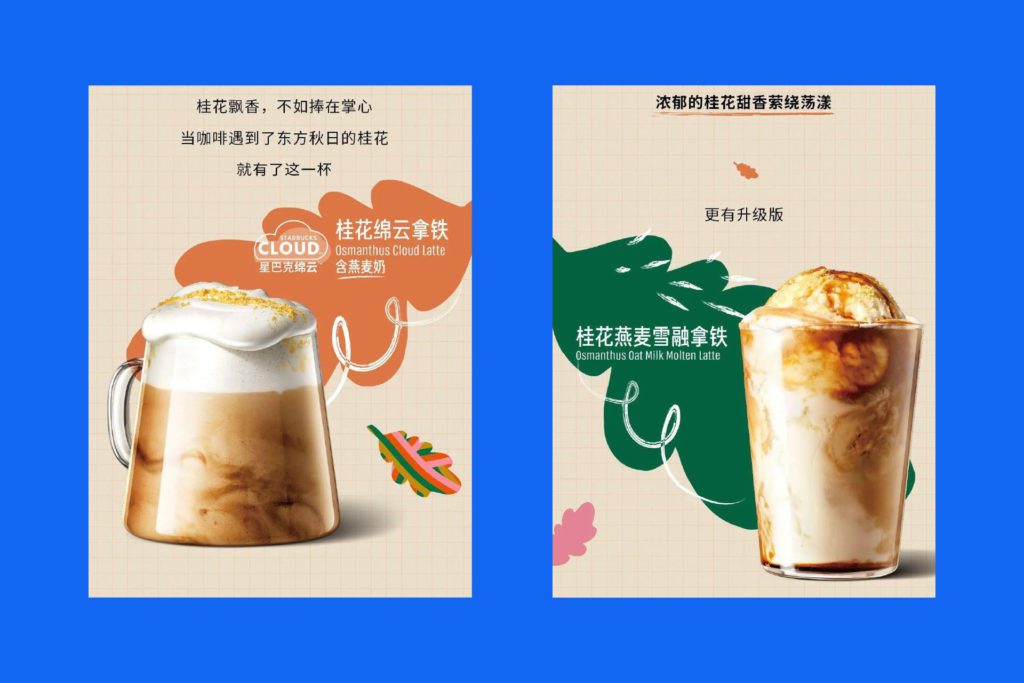
Similar offerings were introduced by other coffee brands, including Luckin Coffee’s rich osmanthus latte, Nowwa’s osmanthus velvet latte, and Cotti Coffee’s osmanthus yogurt latte.
2. Doubling down on alcohol-infused flavors
After Luckin’s “sauce-flavored latte” gained popularity, a wave of interest in alcohol-infused coffee drinks swept through, prompting other brands to follow suit.
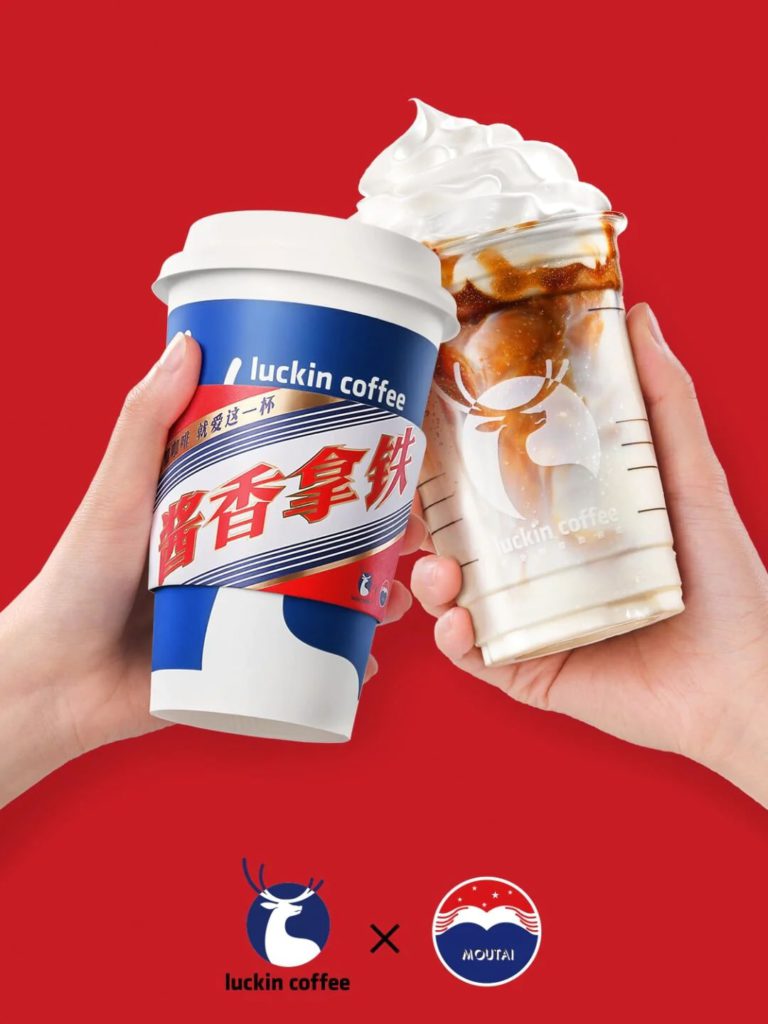
With a variety of spirits available, mixing coffee with alcohol opens up a wide spectrum of possibilities. For example, Manner Coffee collaborated with Jim Beam to create a new product series that combines coffee with whiskey and lemon. Peet’s Coffee, in partnership with Hope & Sesame, a manufacturer of plant-based sesame milks, started to blend classic liquors like Benedictine, Moonshine, and rose vodka with coffee, creating creative coffees such as a cocoa espresso martini.
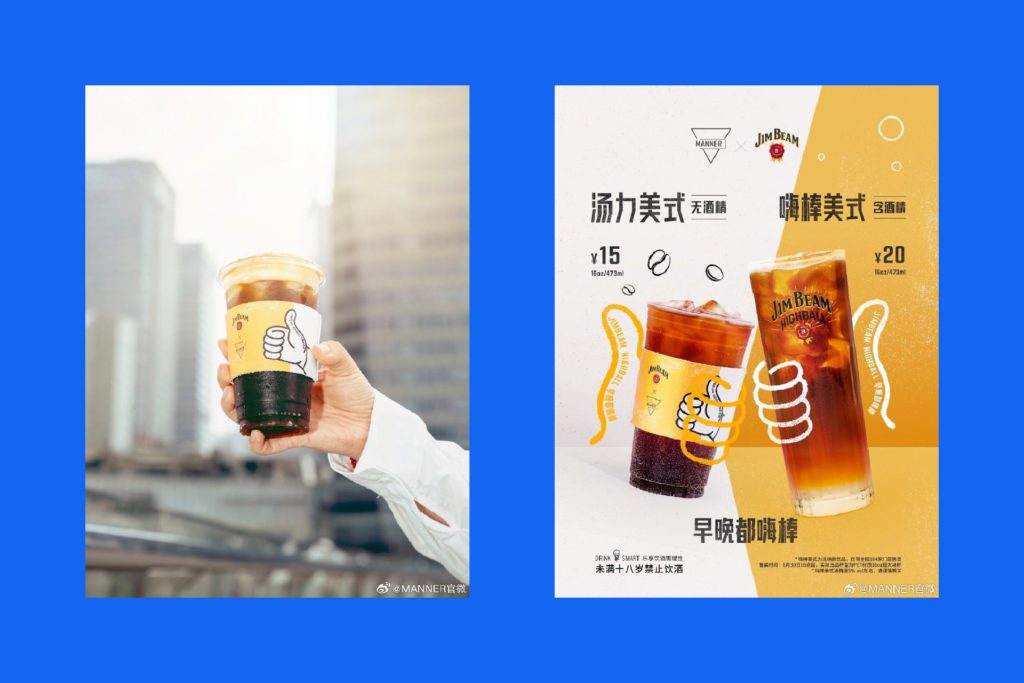
Apart from high-alcohol options, rice wine is also widely used as the alcohol component. Seesaw Coffee created an alcohol-infused osmanthus latte that combines osmanthus-flavored rice wine with milk and coffee, offering a rich aroma while featuring a lower alcohol content.
In the period leading up to Christmas last year, mulled wines also became an ingredient of choice, with Luckin introducing a hot beverage combining mulled wine with the classic americano. Tims Coffee (Tim Hortons) and Seesaw introduced similar offerings. Tims brought to market an orange-infused mulled wine drink that’s alcohol-free, choosing instead to enhance the wine flavor by adding orange slices and cinnamon sticks while prolonging steeping times. Seesaw also chose to incorporate similar flavors in its orange cinnamon americano drink.

3. Getting creative with spices
Coffee companies have always been daring in their usage of spices, noting how common cinnamon is used in cafes as part of drinks. However, less common spices like rosemary, basil, ginger, and lemongrass have recently started to appear on their menus as well.
For Starbucks, this took the form of a complex drink that blends tomato and rosemary flavors with the classic base of milk and coffee. It also introduced a variant with orange and basil flavors.
Elsewhere, Manner paired ginger-flavored sparkling water with coffee, while M Stand went with the combination of lemon, spearmint, and lemongrass, creating a Thai-inspired coffee drink.
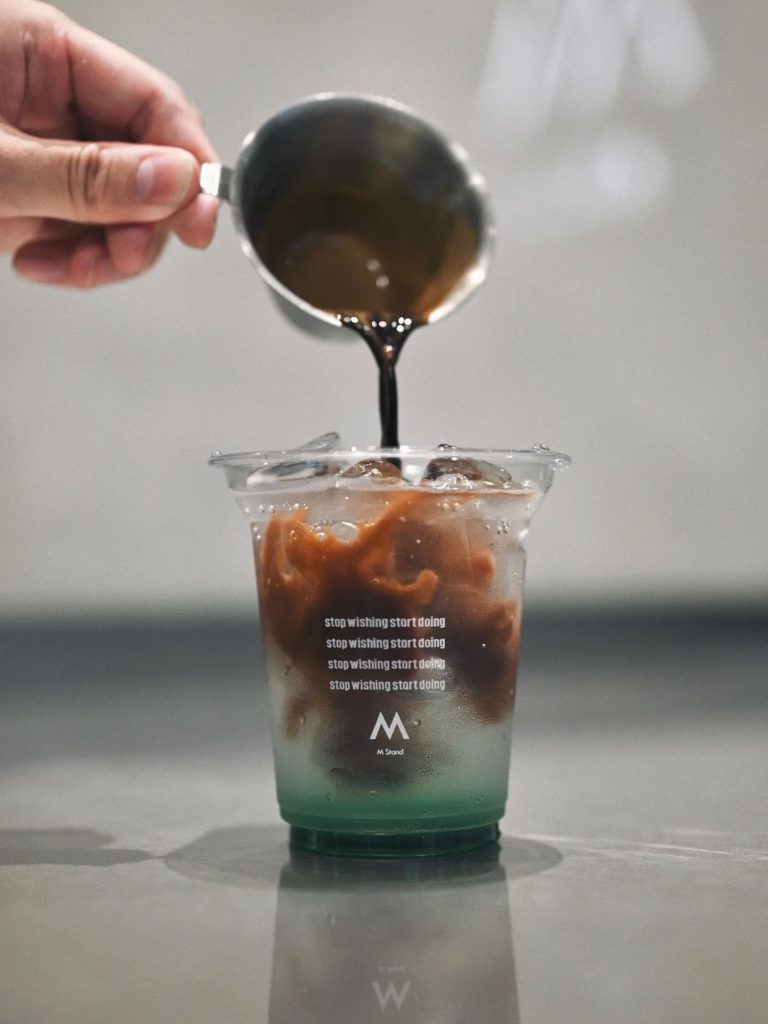
Kuddo Coffee arguably stood out in this category the most, choosing to utilize raw ginger juice, mixing it with espresso and fresh milk to offer a spicy and warming coffee taste.
4. Introducing new plant-based milk options
In addition to the typical plant-based milk options for pairing with coffee—such as almond, soy, and oat milk—more alternatives have recently been introduced, including rice milk and water chestnut milk.
Rice milk has a light flavor that’s not overly bland, making it a versatile component that can be mixed into both hot and cold coffee drinks. Cotti is one of the companies experimenting with the use of rice milk, introducing lattes that are paired with coconut milk, citrus flavors, and osmanthus flavors respectively.
M Stand has launched a water chestnut latte that incorporates water chestnut milk, which thickens the texture of drinks while introducing a refreshing taste and unique fragrance.
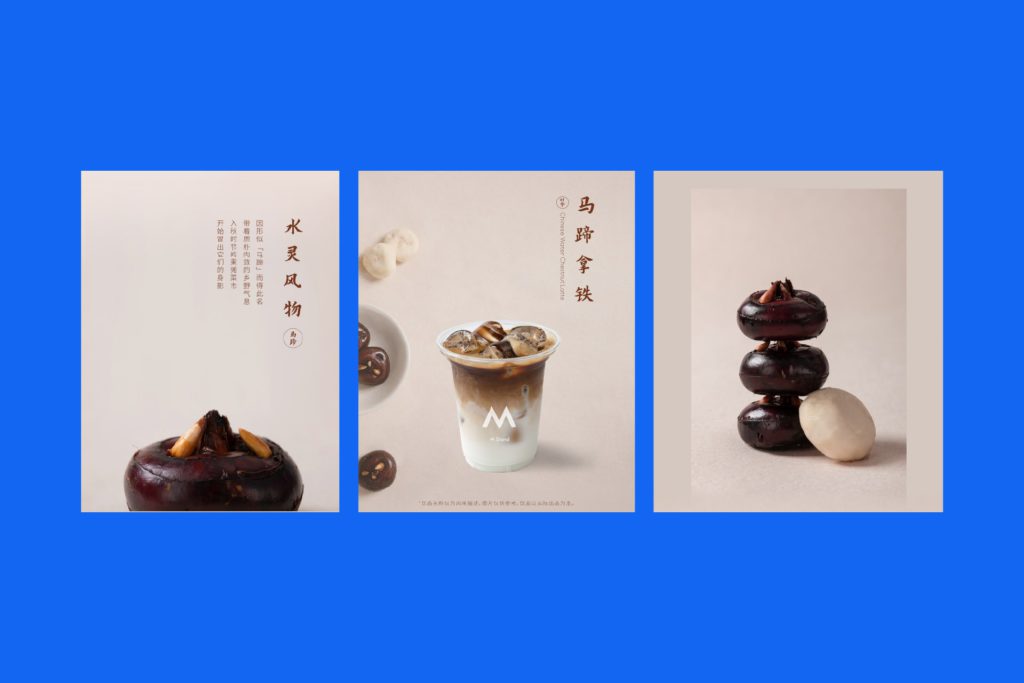
5. Harmonizing coffee and fruit flavors
As fruit prices dip in China, the usage of fruits in coffee is becoming more common.
Nowwa, for example, has chosen to blend avocado and coconut milk with coffee. On the other hand, Lucky Cup ambitiously chose to combine “Golden Pillow” durian with coconut milk and coffee.
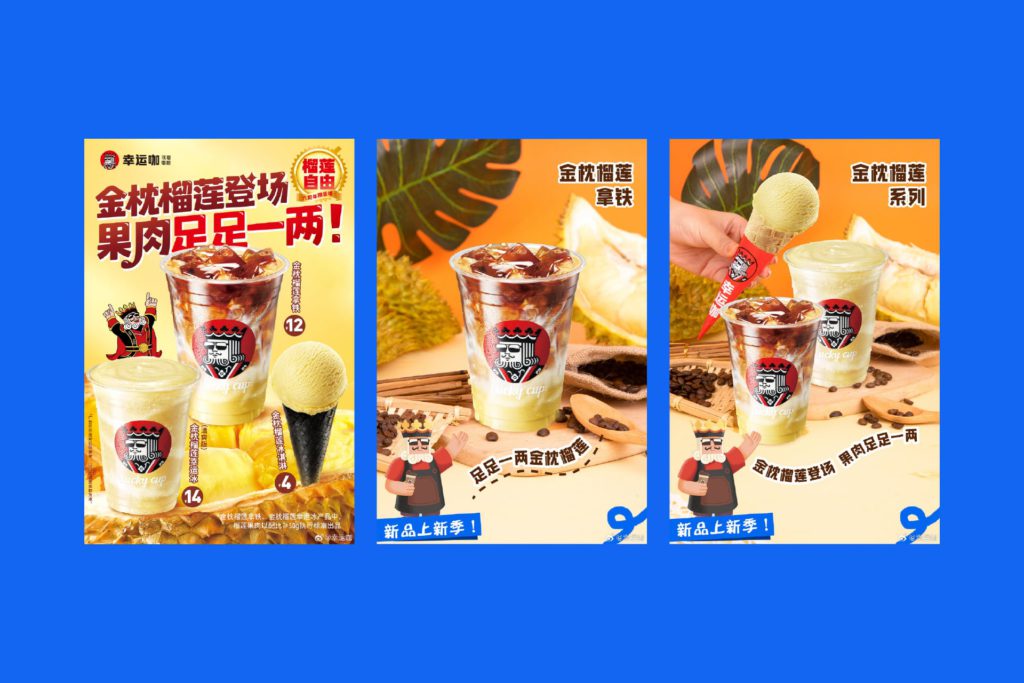
In particular, tropical fruits appear to offer flavors and textures that match well with coffee, producing drinks with a fuller body.
Olives and yuzu have also been incorporated into coffee, with M Stand combining junipers, olives, and sparkling water into coffee.

6. Focusing on health and wellness
Coffee brands in China, cognizant of traditional Chinese customs, are incorporating health benefits into their recent offerings.
One of the more prominent examples would be the collagen-infused lattes introduced by Cotti in partnership with Empresses in the Palace, incorporating longans, red dates, and collagen into variations of the classic latte.
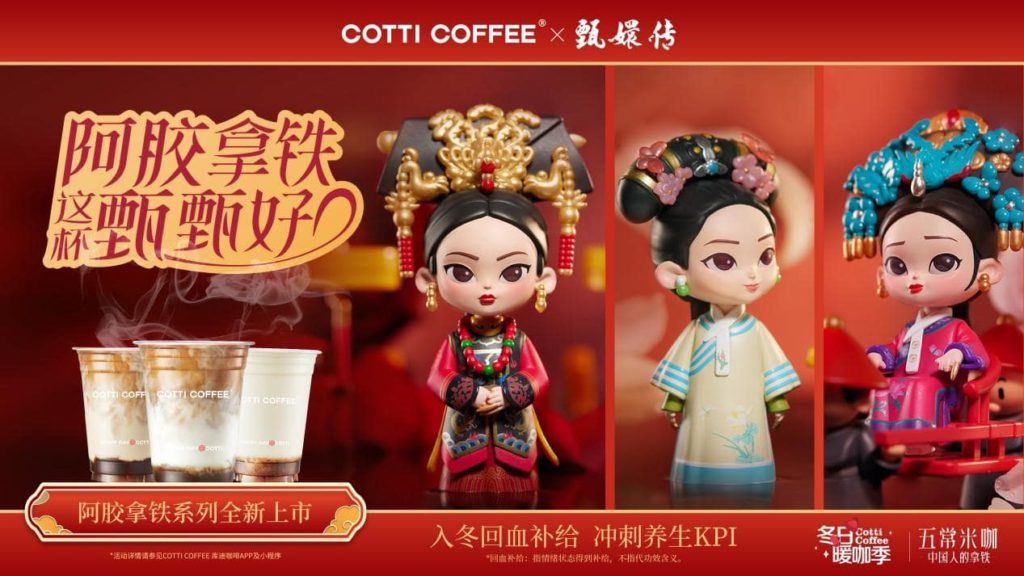
The use of red dates seemingly rides on the success of goji berries, which were incorporated into americano and latte drinks by Lucky Cup in October last year. Like goji berries, red dates are known for their health benefits, enhancing consumer perceptions of drinks they are added to while providing a chewy texture.
For options with a more pronounced emphasis on wellness, a highly recommended spot of late has been Fangui Herbal Tea in Guangdong.
This establishment specializes in combining Cantonese-style herbal tea and coffee, while featuring retro-style decor in its interior that’s inspired after Lingnan architecture. Its offerings include a monk fruit americano, a sugar cane cake latte, and a latte with tortoise jelly and condensed milk.
7. Emphasizing texture and creaminess
A noticeable trend among coffee brands in China has been to elevate coffee drinks into thicker, more concentrated forms by experimenting with the addition of milk and other ingredients.
For example, Luckin has introduced a mascarpone latte, ostensibly selling millions of cups within a single week. Luckin’s new offering represents a rising strategy among various coffee shops of promoting cheese-infused milk coffee, matching the savory and rich flavor of cheese and the creaminess of milk with dense, classic coffee flavors.

Yet, cheese isn’t the only ingredient capable of enhancing the depth and texture of coffee:
- Cotti, one of Luckin’s main rivals, sought to compete by introducing a peace gum rice milk latte, using chewy peach gum in place of cheese to elevate the richness of a latte.
- M Stand has also taken a unique approach, combining Italian espresso with sesame and peanuts, opening up new possibilities for thickening milk-based coffee.
- The rapidly expanding Pull-Tab, during its brand anniversary, collaborated with Nestle to launch a “cheesy” coffee series, adding a layer of dense cheese foam to its coffee.

8. Turning coffee into “porridge” by exploring tea toppings
Aside from blending novel flavors into coffee, another rising trend is to incorporate tea toppings, spearheaded primarily by tea chains rather than coffee shops.
For example, Be Fine Tea introduced a chestnut osmanthus latte, combining chestnut puree with fresh milk and coffee, as well as an osmanthus oolong tea, creating a rich flavor featuring hints of coffee and tea as well as a subtle sweetness from the chestnut puree.
The menu of Brisky Coffee, which specializes in Chinese-style coffee, also features latte drinks that incorporate chestnut flavors, harmonized with the addition of other ingredients like cheese or plum.
Koi, a well-known bubble tea chain, opted for taro as the feature topping by combining taro paste with rice milk to create a robust taro rice latte.
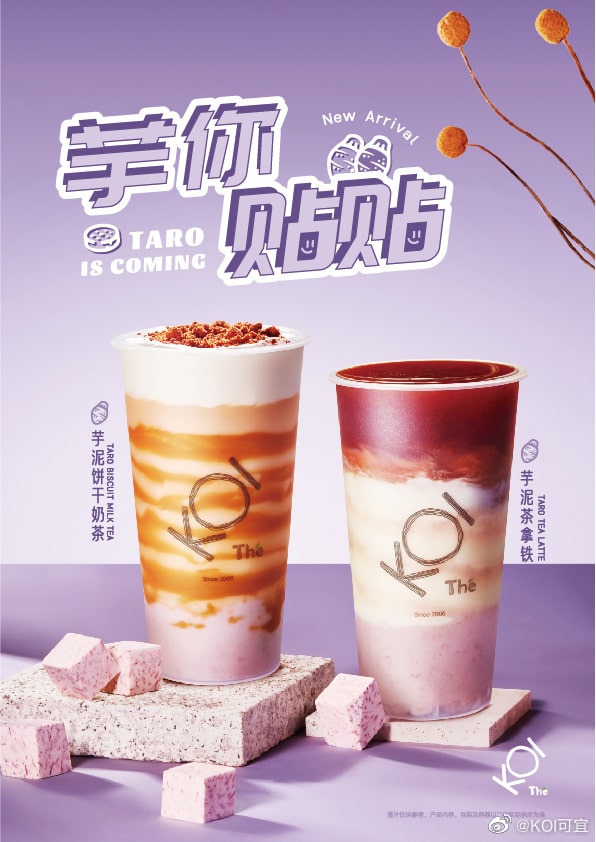
9. Staying true to classic, customary flavors
In the period leading up to Christmas last year, caramel, strongly associated with the occasion, became a popular ingredient to incorporate into coffee. This was not only for its appetizing color and flavor but also to leverage the trendiness of mille-feuille, which features a similar flavor profile.
Manner, for instance, launched limited edition lattes that featured caramel and cocoa infusions. Tims introduced a roasted milk latte with a nutty flavor, while Starbucks and Peet’s oversaw the return of their toffee and hazelnut series. Luckin also brought back its roasted pudding latte, seeking to capitalize on the festivities of Christmas.

10. Using food as coffee cups
An upcoming trend on Chinese social media has been the “pepper latte,” which on investigation appears to be an interesting use of peppers (capsicum) as coffee cups. The top is sliced open to remove the seeds before coffee is poured inside, with each cup priced at RMB 9.9 (USD 1.4).
According to Kamen, this innovation originates from Taijuan Coffee, a coffee shop in Shanghai. Launched in November last year, the product was said to be hugely popular upon introduction, particularly among young people.
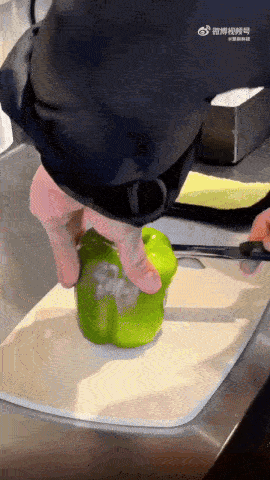
Based on user reviews, the overall taste of the latte is retained despite being served in a pepper, imparting only a subtle hint of the pepper’s sweet and non-spicy flavor. The pepper also offers an added point of discussion for consumers, with some jovially suggesting online that the pepper can be taken home afterward to be stir-fried with shredded pork.
Taijuan Coffee’s success with the pepper latte has quickly inspired other unconventional coffee creations that incorporate the likes of century eggs, stinky tofu, sauerkraut, octopus, and more. However, the pepper latte stands out by eschewing bold flavor combinations, instead focusing on the visual appeal of the green pepper as a coffee vessel.
Indeed, a variety of similar creations have since emerged, such as a “fish ball coffee” in Fuzhou, which involves cooking fish balls with ginger, cutting them open, and pouring coffee into the cavity.
Another noteworthy example is a “roasted naan latte” from Xinjiang, where coffee is poured into the central hole of naan bread. There are other notable instances that utilize ingredients like radish, pumpkin, and bitter gourd, among others, but they are largely similar in concept: using food as coffee cups.
